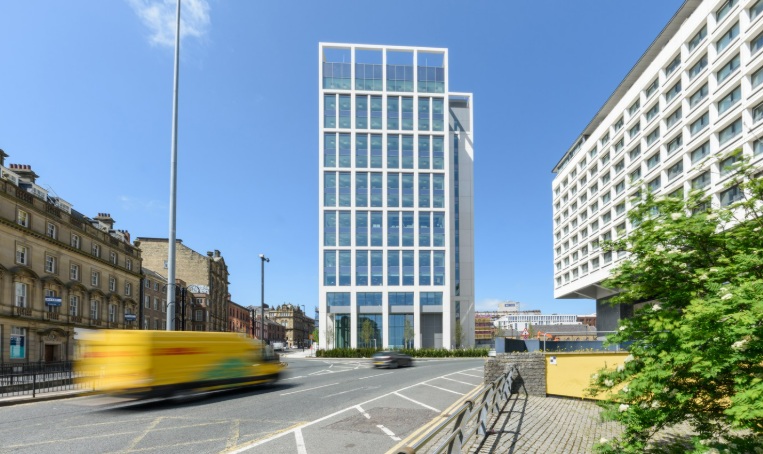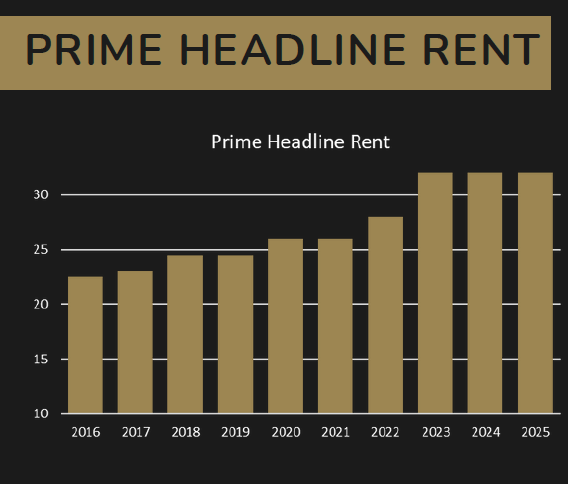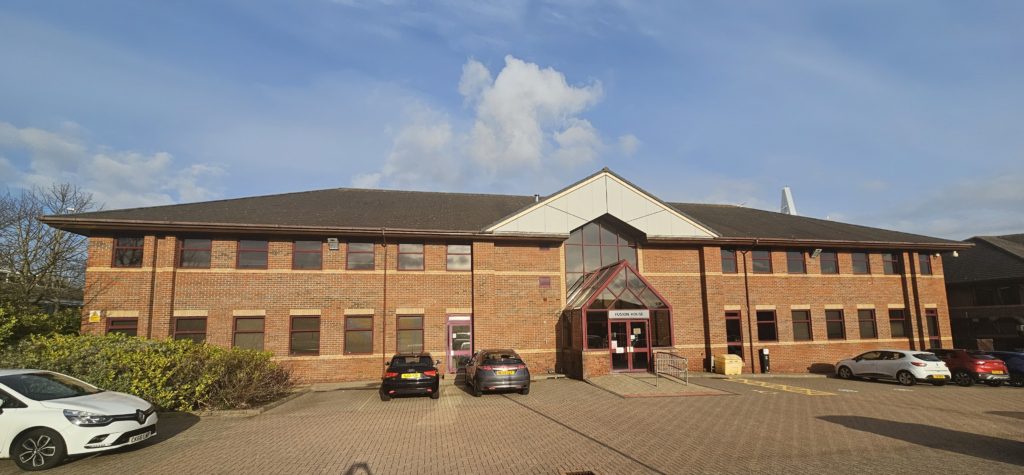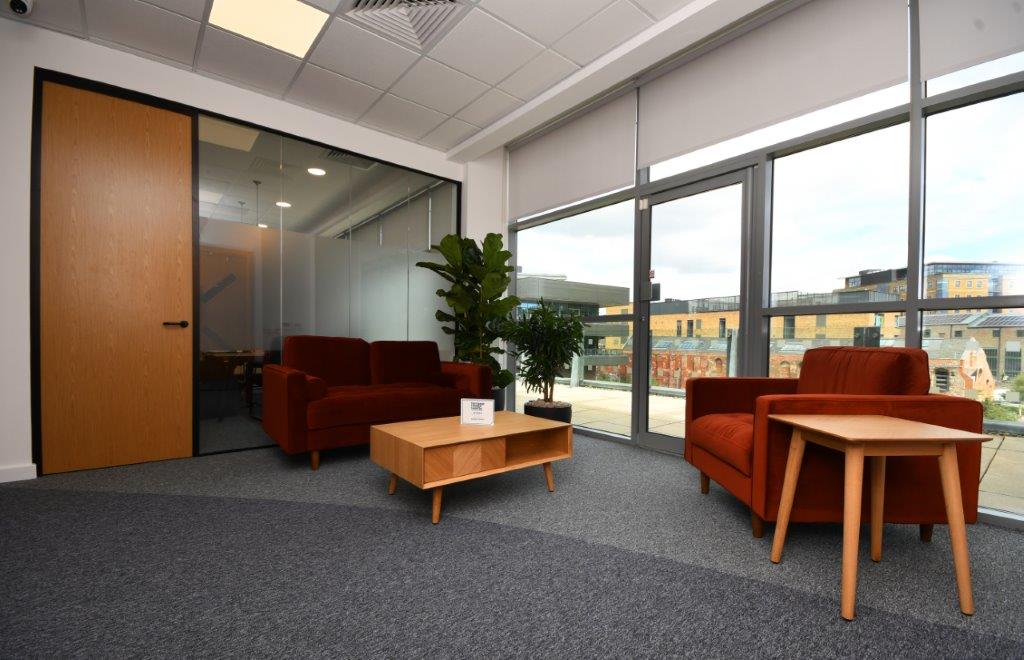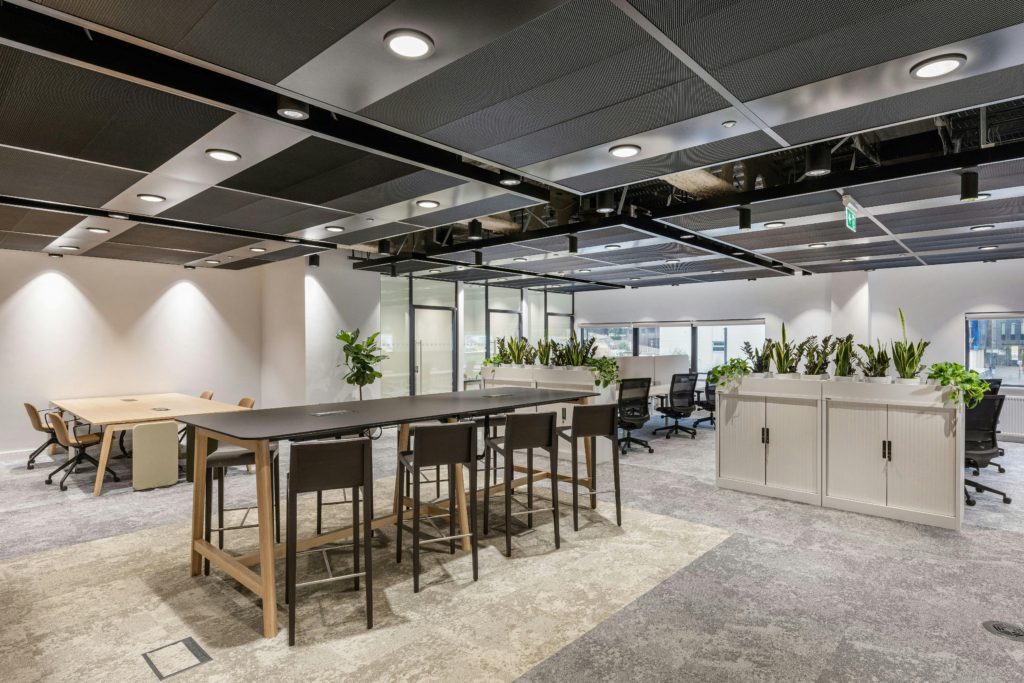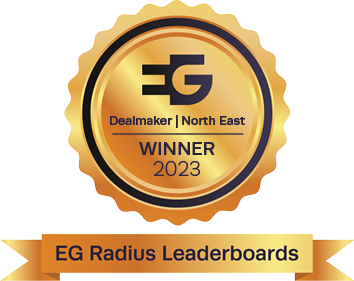Commercial property agents in Newcastle Upon Tyne offer essential insights for businesses traversing the evolving office space landscape. They emphasize the importance of flexibility and adaptability to accommodate hybrid work models. Key considerations include location accessibility, local amenities, and future growth potential. These professionals also highlight effective lease negotiation strategies to align tenant needs with market conditions. Curious about creating a successful and sustainable office environment in this dynamic city?
Understanding Newcastle's Office Market Dynamics
Understanding the dynamics of Newcastle's office market involves analyzing various factors that influence its growth and stability. Recent market trends indicate a shift towards flexible workspaces, driven by evolving tenant preferences. Companies increasingly seek offices that offer adaptability, advanced technological infrastructure, and sustainable features. This shift reflects broader changes in work culture, where flexibility and employee well-being are prioritized.
Tenant preferences play an essential role in shaping the market, as businesses demand spaces that accommodate hybrid work models. The demand for smaller, customized offices has risen, reflecting a departure from traditional large-scale spaces.
Additionally, energy-efficient buildings are gaining traction, aligning with global sustainability goals. Newcastle's diverse industries foster collaboration and innovation, contributing to the evolving landscape of the office market and influencing future growth trajectories.
Analyzing Location and Accessibility
Location and accessibility greatly influence the dynamics of Newcastle's office market. Proximity to public transport is a critical factor for businesses seeking office spaces. Well-connected areas facilitate easy commutes, enhancing employee satisfaction and productivity. Metro stations and bus stops within walking distance are particularly desirable.
Additionally, the availability of local amenities such as cafes, restaurants, and retail outlets adds significant value to an office location. These amenities not only cater to the everyday needs of employees but also provide convenient options for client meetings and networking opportunities.
Businesses often prioritize these factors to guarantee that the location supports both operational efficiency and workforce contentment. Consequently, locations that offer both excellent transport links and a rich array of amenities are highly sought after.
Newcastle's Central Business District is a prime example of an area with high foot traffic and excellent transport links, making it a desirable choice for businesses looking to maximize their visibility and accessibility.
Evaluating Space Requirements
When businesses consider their office needs, evaluating space requirements becomes an essential step in determining the right fit for their operations. A careful assessment of office size is vital to guarantee it accommodates the workforce comfortably. This involves understanding employee needs, which can vary greatly based on the nature of work and team dynamics. For instance, a tech firm might prioritize collaborative areas, while a law office may focus on private workspaces. Additionally, the potential for future growth should be considered, as cramped conditions can hinder productivity and morale. An ideal office size not only supports efficient workflows but also reflects the company's culture and values. Commercial property agents in Newcastle Upon Tyne can provide valuable insight into tailoring office spaces to specific business requirements. Additionally, considering flexible leases can provide businesses with the adaptability needed to accommodate changing market demands and growth trajectories.
Financial Considerations and Budgeting
While planning for an office move or expansion, considering financial aspects and establishing a solid budget is essential.
Commercial property agents in Newcastle Upon Tyne emphasize the importance of thorough budget forecasting to guarantee a seamless shift. By conducting a detailed cost analysis, businesses can identify potential expenses and allocate resources efficiently. This process includes evaluating upfront costs such as renovations, moving services, and technological upgrades.
Furthermore, ongoing costs like utilities, maintenance, and staffing need careful assessment. Accurate budget forecasting allows companies to anticipate financial challenges and mitigate risks. Establishing a contingency fund is also advisable to cover unforeseen expenses. A surge in demand for EV charging points creates new investment opportunities in the property sector, which businesses should consider when budgeting for future office developments.
Lease Negotiation Strategies
Negotiating a favorable lease agreement is a critical component of office relocation or expansion. Success hinges on effective negotiation tactics, including thorough market research and competitive analysis. Understanding market conditions helps align lease terms with tenant needs and landlord expectations. Communication strategies play an essential role, ensuring clear dialogue about tenant improvements and financial incentives. Flexibility in contract terms can offer advantages, allowing for adjustments based on business growth. Securing favorable renewal options provides long-term stability. Tenants should aim for a balance between meeting landlord expectations and securing beneficial lease terms. Engaging in strategic discussions about possible tenant improvements can lead to increased property value. Ultimately, leveraging these strategies fosters a mutually beneficial agreement, enhancing the tenant's operational potential. A nuanced understanding of market dynamics is crucial in ensuring compliance with zoning laws and optimizing space according to tenant objectives.
Legal Aspects of Commercial Leases
Understanding the legal aspects of commercial leases is essential for both tenants and landlords to guarantee a fair and enforceable agreement. Lease terms should clearly define tenant rights and legal obligations to prevent misunderstandings.
Both parties must adhere to compliance requirements, ensuring property maintenance is conducted appropriately. Lease renewals provide opportunities to renegotiate terms, including rental increases, which should be outlined transparently to avoid disputes.
Effective dispute resolution mechanisms should be established within the lease to address potential disagreements efficiently. Tenants should be aware of their rights concerning property use, while landlords must fulfill their legal obligations to provide a safe and compliant environment. It is crucial for both parties to explore planning and building rules to ensure their projects meet legal requirements, thereby preventing potential legal issues.
Designing an Efficient Office Layout
Designing an efficient office layout involves careful consideration of space utilization to guarantee every square foot contributes to productivity. By promoting collaborative workspaces, businesses can foster teamwork and innovation among employees. Additionally, integrating ergonomic solutions enhances comfort and reduces the risk of strain, leading to a healthier and more dynamic work environment. Emphasizing sustainable practices in office design can also improve resource management and reduce environmental impact, aligning with broader sustainability goals.
Maximizing Space Utilization
Optimizing office space is essential for enhancing productivity and fostering a positive work environment. Effective space optimization involves strategically arranging office elements to balance functionality and comfort. A well-thought-out approach can lead to increased efficiency and morale, ultimately benefiting the organization. Flexible layouts are a key component in achieving this goal, allowing for adaptable workspaces that can be easily reconfigured to meet changing needs. By utilizing modular furniture and movable partitions, offices can create dynamic environments that accommodate various tasks and team sizes. Additionally, incorporating storage solutions that maximize vertical space helps maintain an organized setting. These strategies not only make efficient use of available space but also support a fluid work atmosphere, contributing to improved employee satisfaction and performance. Embracing Biodiversity Net Gain can further enhance the office environment by integrating natural elements, thus promoting sustainability and well-being.
Encouraging Collaborative Workspaces
Focusing on collaborative workspaces is a natural extension of maximizing space utilization, as these areas promote synergy and innovation among team members.
An effective open office design integrates communal areas and flexible seating, which encourages social interactions and creative collaborations. This layout facilitates brainstorming zones and innovation hubs, fostering employee engagement through shared resources and team building activities.
Key elements to evaluate include:
- Open Office Design: Encourages transparency and easy communication.
- Communal Areas: Provides spaces for informal meetings and social interactions.
- Flexible Seating: Allows employees to choose their preferred working environment.
- Innovation Hubs: Dedicated spaces for brainstorming and creative collaborations.
By incorporating sustainability resources in the design, businesses can also work towards achieving net zero goals while creating an efficient and eco-friendly workspace.
Integrating Ergonomic Solutions
While creating a productive office layout, integrating ergonomic solutions is essential to secure both efficiency and employee well-being.
An ergonomic workspace is characterized by furniture and equipment that promote proper posture, reducing the risk of strain and injury. Adjustable chairs and desks guarantee workspace flexibility, allowing employees to tailor their environment to their individual needs.
This adaptability not only enhances comfort but also boosts productivity by minimizing discomfort and distractions. Additionally, incorporating ergonomic accessories like keyboard trays and monitor stands can further optimize the workspace.
Effective lighting and climate control also play critical roles in maintaining a conducive environment. By focusing on these elements, businesses can create a harmonious balance between functionality and employee well-being, ultimately leading to a more motivated and efficient workforce.
Leveraging Technology for Modern Workspaces
In the evolution of modern workspaces, integrating smart office solutions and virtual collaboration tools is essential for enhancing productivity and flexibility.
These technologies not only streamline communication but also enable seamless remote work capabilities.
Smart Office Solutions
Cutting-edge technology is revolutionizing the way modern workspaces operate, transforming traditional offices into efficient and dynamic environments. Smart technology enables businesses to create flexible workspaces that cater to evolving demands.
By integrating intelligent systems, companies can optimize resource use and enhance employee productivity. Commercial property agents in Newcastle Upon Tyne recognize the importance of these advancements.
Key elements of smart office solutions include:
- Automated Lighting and Climate Control: Adjust settings based on occupancy and time of day to reduce energy consumption.
- IoT-Enabled Devices: Facilitate seamless communication and data sharing among smart devices within the office space.
- Activity-Based Workstations: Allow employees to choose their preferred work settings, promoting flexibility.
- Space Utilization Analytics: Provide insights into how office space is used, helping optimize layout and design.
Promoting inclusivity within the construction sector is a key consideration, ensuring that the benefits of smart office solutions are accessible to a diverse workforce.
Embracing smart solutions fosters a modern and adaptive workspace.
Virtual Collaboration Tools
As businesses increasingly adapt to remote and hybrid work models, virtual collaboration tools have become essential in facilitating seamless communication and teamwork.
These tools, such as video conferencing platforms and project management software, enable remote communication by allowing employees to connect from various locations. Through real-time messaging and document sharing, these technologies foster team engagement, guaranteeing that all members remain informed and collaborative.
Features like shared calendars and task tracking enhance productivity, helping teams to coordinate efforts and meet deadlines efficiently.
Sustainability and Green Office Practices
While many organizations are increasingly aware of their environmental impact, implementing sustainability and green office practices can greatly reduce a company's carbon footprint and operating costs.
To achieve this, companies can focus on several key areas:
- Green certifications: Pursuing certifications can validate a firm's commitment to sustainability and enhance its reputation.
- Eco friendly materials: Utilizing sustainable resources in office design and furniture supports environmental responsibility.
- Energy efficiency: Implementing LED lighting and energy-efficient appliances cuts energy consumption and costs.
- Waste reduction: Encouraging recycling and utilizing digital document management systems minimizes waste generation.
Additionally, promoting sustainable transportation options for employees, improving indoor air quality, incorporating biophilic design, and investing in renewable energy sources contribute greatly to a greener office environment.
These initiatives not only benefit the planet but also create a healthier workplace.
Future-Proofing Your Office Investment
In an ever-evolving business landscape, future-proofing office investments is essential to guarantee long-term success and adaptability.
As future trends reshape workplace dynamics, commercial property agents in Newcastle Upon Tyne emphasize proactive investment strategies. Identifying flexible office layouts and adopting technology-driven solutions are vital steps. These strategies align with evolving work patterns, ensuring that office spaces remain relevant and appealing to future tenants.
Understanding demographic shifts and the increasing demand for hybrid work models allows investors to tailor their properties to meet emerging needs. Additionally, incorporating sustainable practices not only aligns with environmental goals but also enhances asset value.
Conclusion
In summary, traversing Newcastle's dynamic office market requires a blend of strategic foresight and adaptability. As the adage goes, "An ounce of prevention is worth a pound of cure." By prioritizing flexible design, prime location, and sustainable practices, businesses can safeguard their investments against future uncertainties. Leveraging expert insights from commercial property agents, companies can craft office environments that not only meet current needs but also anticipate future demands, ensuring long-term success and employee satisfaction.

